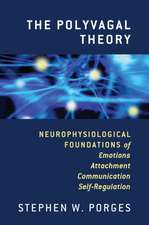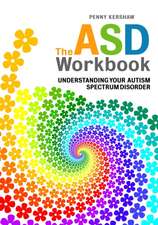Pattern Thinking
Autor L. Andrew Cowarden Limba Engleză Hardback – 22 mar 1990 – vârsta până la 17 ani
Preț: 364.15 lei
Preț vechi: 479.15 lei
-24% Nou
Puncte Express: 546
Preț estimativ în valută:
69.69€ • 72.34$ • 58.11£
69.69€ • 72.34$ • 58.11£
Carte tipărită la comandă
Livrare economică 22 martie-05 aprilie
Preluare comenzi: 021 569.72.76
Specificații
ISBN-13: 9780275934279
ISBN-10: 0275934276
Pagini: 192
Dimensiuni: 156 x 235 x 21 mm
Greutate: 0.46 kg
Ediția:New.
Editura: Bloomsbury Publishing
Colecția Praeger
Locul publicării:New York, United States
ISBN-10: 0275934276
Pagini: 192
Dimensiuni: 156 x 235 x 21 mm
Greutate: 0.46 kg
Ediția:New.
Editura: Bloomsbury Publishing
Colecția Praeger
Locul publicării:New York, United States
Notă biografică
L. ANDREW COWARD has worked for the last twenty years for Northern Telecom and its R&D subsidiary, Bell Northern Research on the application of advanced technology to complex telecommunications products. His academic training was in theoretical physics, including a Master's degree from Downing College, Cambridge.
Cuprins
PrefaceIntroductionPattern and MeaningBrain PhysiologyConnection and FunctionBrain ArchitectureSenses and CreativityPattern and MindMemory and ActionSleep and CreativityPleasure, Pain, and PersonalityPersonality AlternativesConsciousness of SelfAn Artificial PersonalityPattern Thinking and RealityIndex






